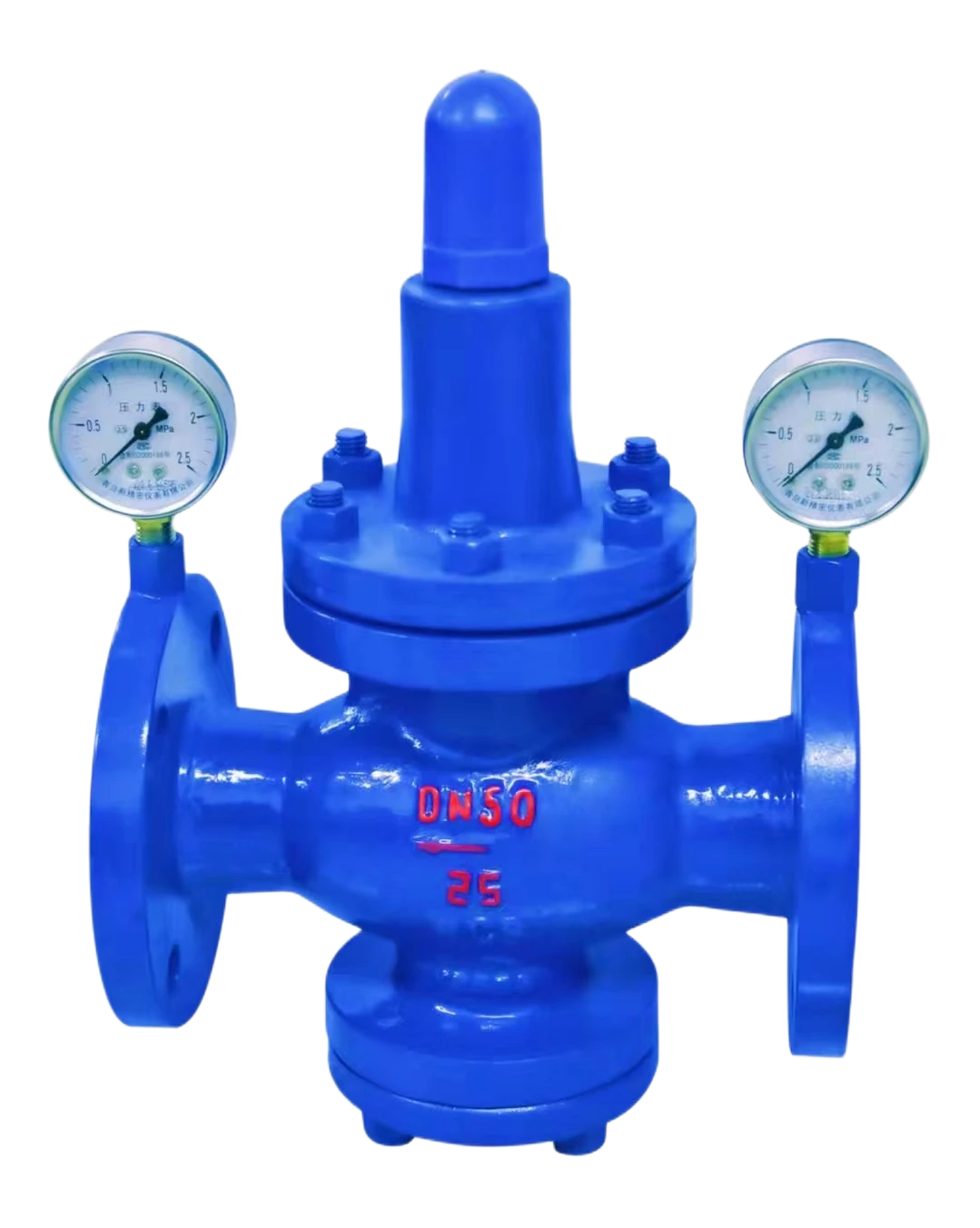Compressed Air Safety Valve for Effective Pressure Relief and System Protection
Understanding Compressed Air Safety Relief Valves
Compressed air systems are integral to many industrial processes, providing power for tools and machinery in settings ranging from factories to construction sites. However, they also come with inherent risks. The significant pressure generated within such systems poses potential hazards, making safety a paramount concern. One of the essential components in mitigating these risks is the safety relief valve, which is critical in maintaining safe operating conditions.
What is a Compressed Air Safety Relief Valve?
A safety relief valve is a critical device designed to protect compressed air systems from excessive pressure. These valves serve as a fail-safe mechanism that opens when the pressure exceeds a predetermined limit. By releasing excess pressure, these valves prevent potential catastrophic failures, such as ruptures or explosions, which could lead to severe injury or property damage.
How Do Safety Relief Valves Work?
Safety relief valves are engineered to respond automatically to increased pressure levels. When the system pressure reaches the set point, the valve opens, allowing air to escape and subsequently reducing the pressure back to a safe level. Once the pressure drops below the threshold, the valve closes, resuming normal operations. This automatic response is crucial in preventing undue stress on the machinery and components of a compressed air system.
Types of Safety Relief Valves
There are several types of safety relief valves used in compressed air systems
1. Spring-Loaded Relief Valves The most common type, these valves utilize a spring to maintain a seal until the set pressure is exceeded. They are reliable and widely used across many industries.
2. Pneumatic Relief Valves These valves are activated by pneumatic pressure rather than mechanical means. They tend to be used in specialized applications, such as in large-scale industrial setups.
compressed air safety relief valve

3. Electronic Relief Valves These advanced systems use electronic sensors and controls to monitor pressure levels continuously. They can provide more precise control and are often integrated into automated processes.
Importance of Regular Maintenance
To ensure optimal performance, regular maintenance of safety relief valves is crucial. Over time, creep, debris buildup, and wear can lead to reduced efficiency. Regular inspection allows for the identification of potential issues before they result in failure. Operators should check the settings regularly to ensure they meet current safety standards, as operational demands may change over time.
Compliance and Regulations
Compressed air systems, including safety relief valves, are subject to numerous regulations and standards. Organizations such as the Occupational Safety and Health Administration (OSHA) and the American National Standards Institute (ANSI) provide guidelines to ensure the safe operation of these systems. Compliance is not only critical for safety and operational efficiency but also for avoiding legal liabilities and penalties.
The Role of Training
Beyond the mechanical aspects of safety relief valves, proper training for personnel operating compressed air systems is vital. Employees should understand how safety relief valves function and the protocols for regular inspections. Knowledge of how to respond in the event of a valve failure or pressure surge can make the difference in preventing accidents.
Conclusion
In conclusion, safety relief valves are an indispensable component of compressed air systems, playing a crucial role in ensuring safety and operational integrity. By understanding their function, types, maintenance requirements, and regulatory compliance, industries can better manage the risks associated with compressed air systems. Prioritizing safety through regular inspections and personnel training will not only protect employees and equipment but also contribute to overall productivity. As industries continue to rely on compressed air, the significance of having properly functioning safety relief valves cannot be overstated.
-
The Essential Component for Safe Urban InfrastructureNewsMay.14,2025
-
The Backbone of Urban InfrastructureNewsMay.14,2025
-
Practical and Stylish Solutions for Your Drainage NeedsNewsMay.14,2025
-
Lamphole Frame and Cover: Essential for Urban InfrastructureNewsMay.14,2025
-
A Seamless and Aesthetic SolutionNewsMay.14,2025
-
A Must-Have for Safety and DurabilityNewsMay.14,2025
-
Pipe Repair Clamps: Your Ultimate Solution for Efficient RepairsNewsMay.09,2025
